
Back in January, when I started this blog, I posted this article about six poisonous plants to pets. Since then, I’ve only shared my favorite pet-safe plants, so I think it’s time for another installment. Plus, I just Googled “pet safe plants” and it amazed me how much mis-information came up. A plant’s toxicity is not always black and white, but it kiiinnddaa is. I mean, it will harm your pet or it won’t. Honestly, I just want to know what and what not to buy, don’t you? After seeing the search results I decided to sit down and write this list of another six toxic plants. So let’s begin.

1. Pothos
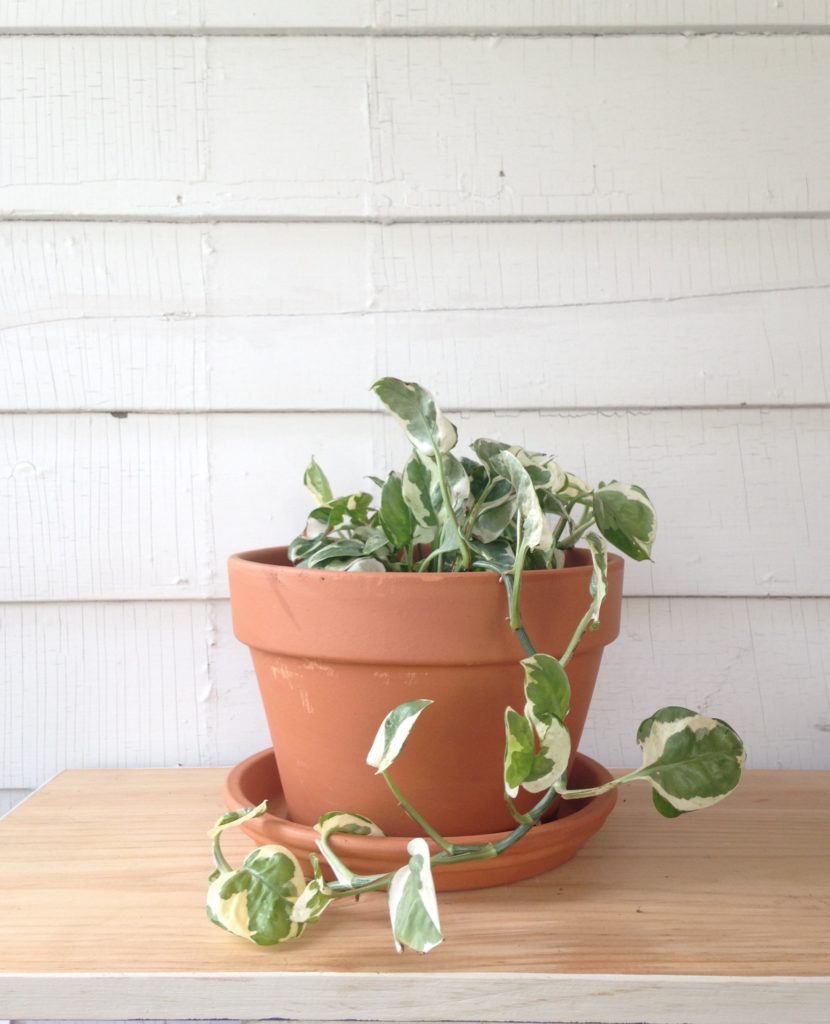
I love Pothos, and for good reason. They are lovely trailers, grow like weeds, and increase the jungle factor of any home. The downside? Pretty unsafe for Mittens or Fido. If ingested, Pothos can cause some serious internal damage and vomiting. will say this – I actually have several Pothos that live harmoniously in my home. The trick is to hang them in planters from the ceiling, completely out of reach. I have never had a problem with pet consumption for this reason. However, if your cat is a climber or dog is a destroyer, I would skip this plant altogether.
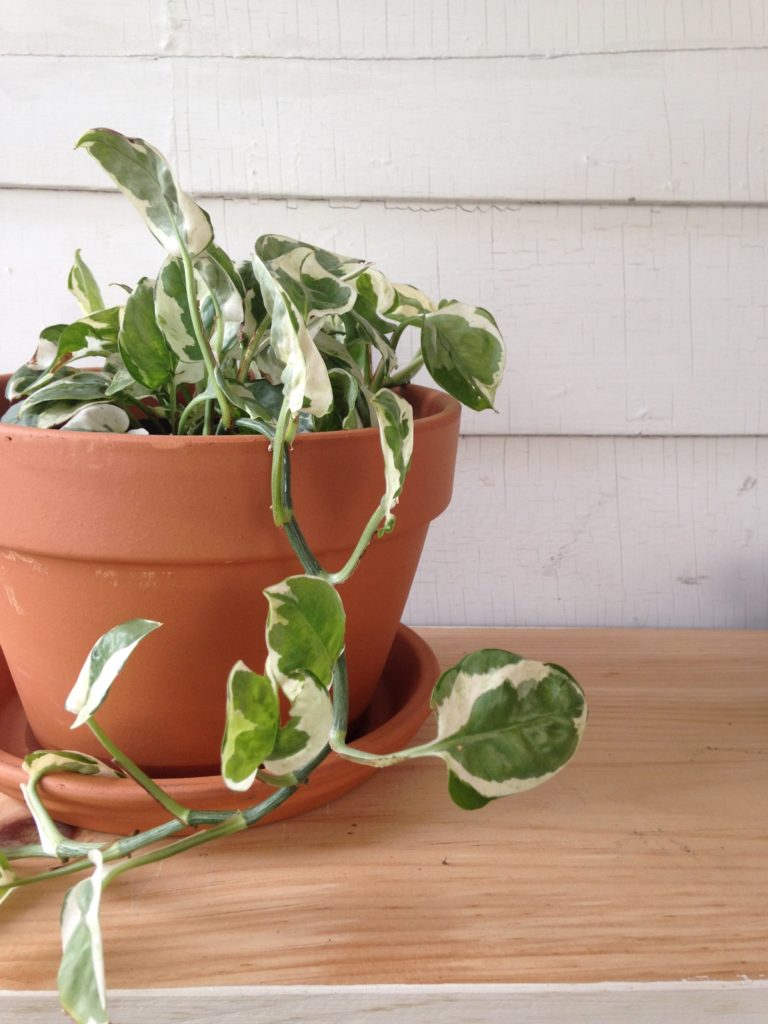
2. Sansevieria
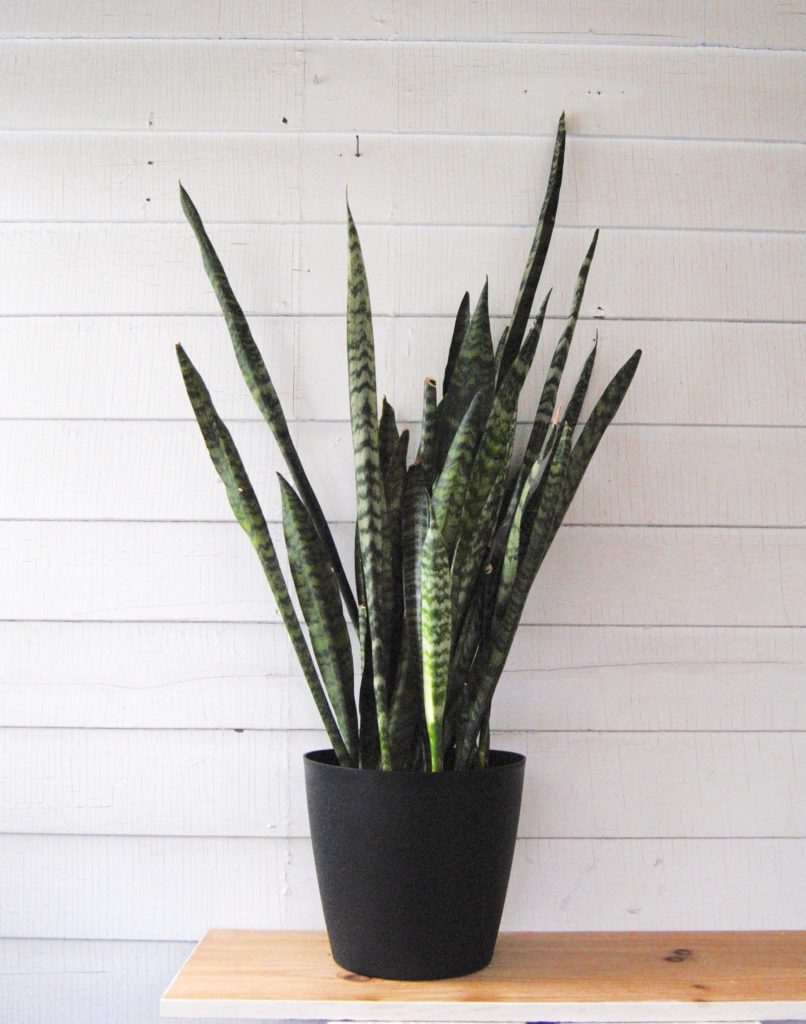
The quintessential low light plant, Sansevieria are pretty common in all nurseries and garden centers. Snake plants are on every “hard to kill” and “low light” houseplant list, many of which do not mention they’re toxic. I find they are cat magnets – I’m not sure if it’s the grasslike verticality or large size. Like Pothos I have several of these on pedestals and never had an issue. The same rules apply – have crazy pets? Find another plant, like cat grass, that is better suited for nosey animals.
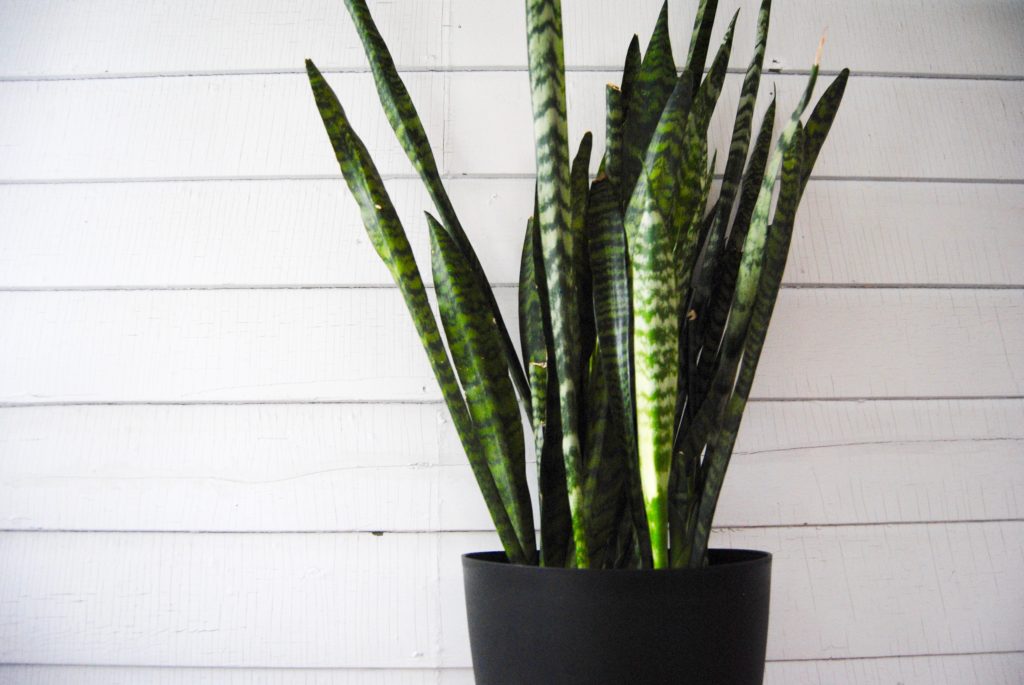
3. Jade
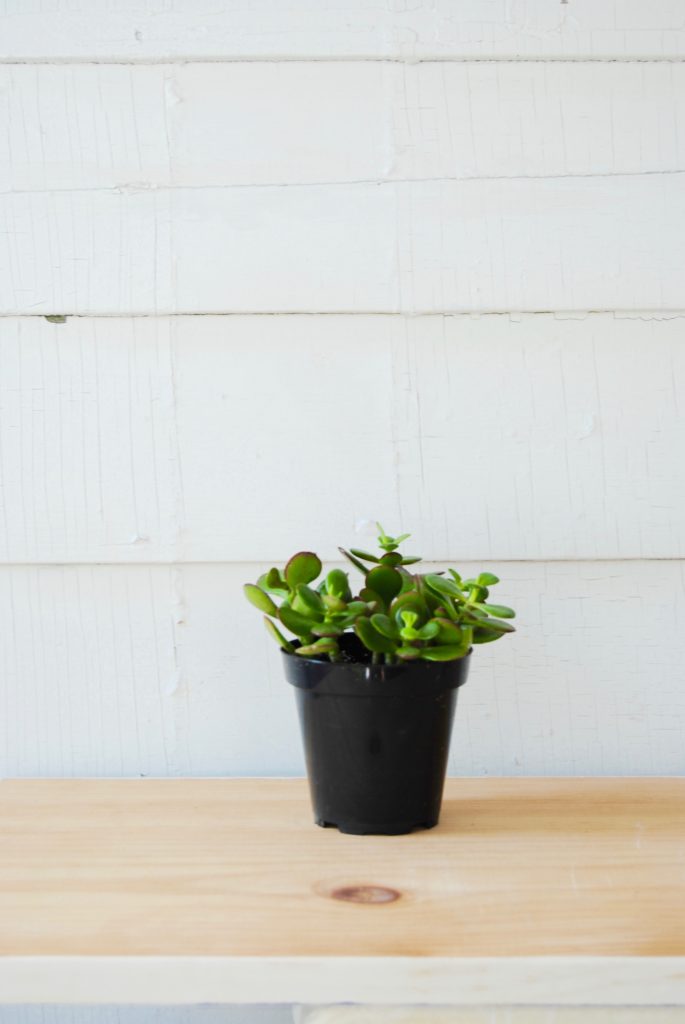
I have this one Jade plant which is somehow still alive. It has been knocked over a dozen times, left to die on the floor from my careless cat, prodded at by paws, and recently recovered from a mealybug infestation. Cats especially like Jades and destroying them – that fact alone should deter you from purchasing one. If you need another reason: if eaten, they cause vomiting and depression. Save them for office desks or browse for them on Instagram if the desire appears.
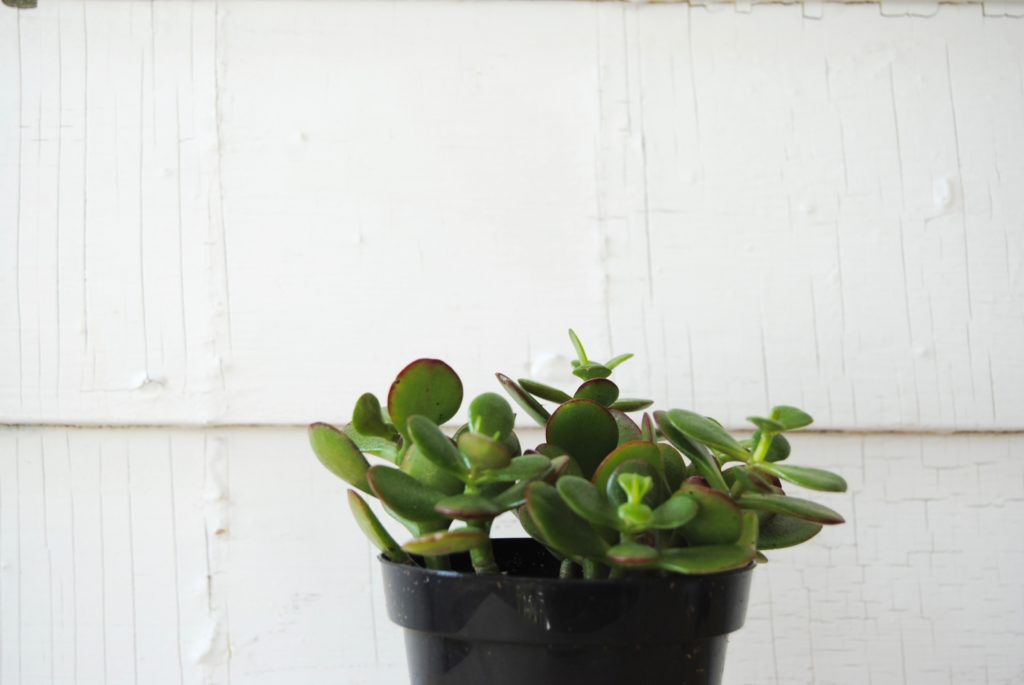
4. Caladium
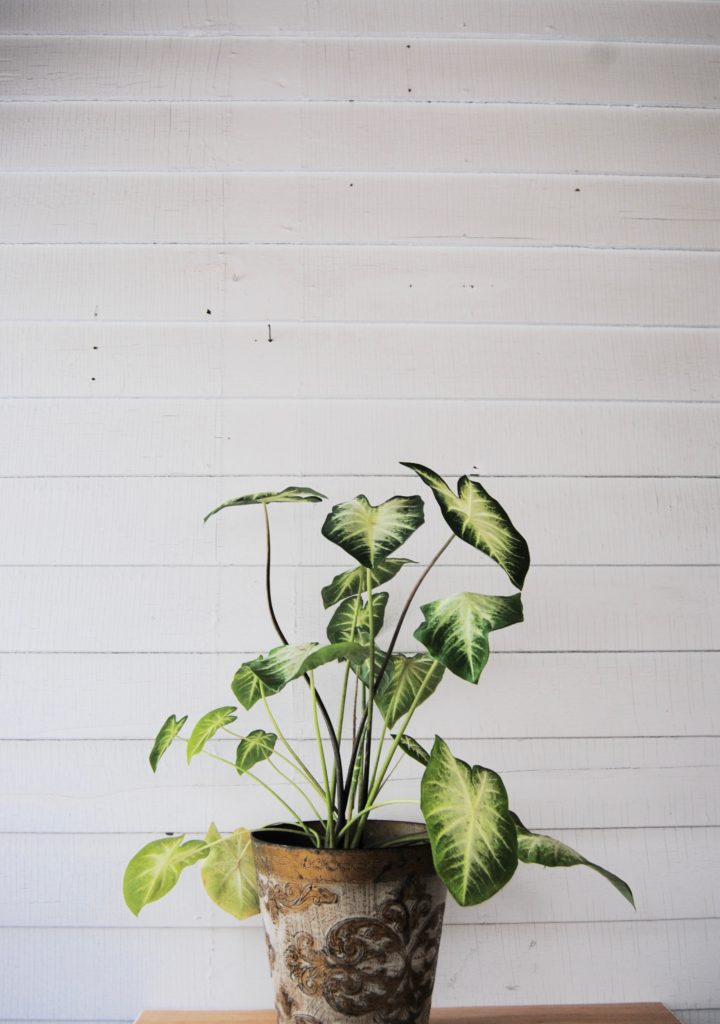
Also called “Elephant Ears,” Caladium are part of the Araceae family, which includes Philodendrons, Peace Lilies, Diffenbacchia – pretty much all plants that are toxic to pets. Caladium are no exception, and nibbling will undoubtedly lead to a vet visit. I know it may seem like all the cool colorful plants are poisonous, but don’t get discouraged. If you’re looking for some cool variegated leaf plants that are safe, look to Calathea or Peperomia instead.
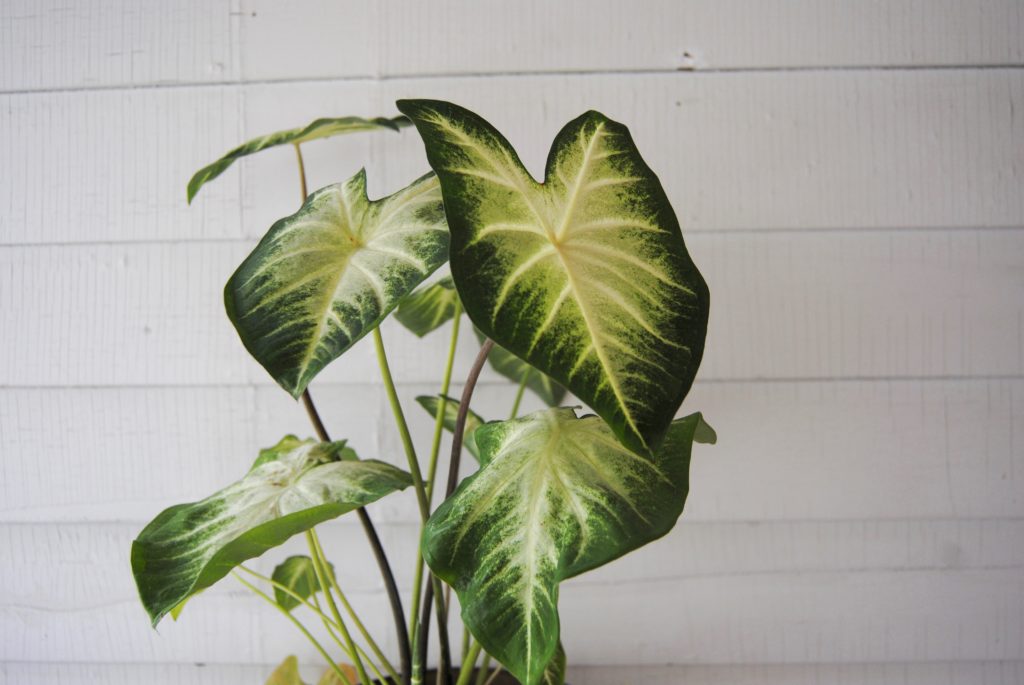
5. Monstera Deliciosa
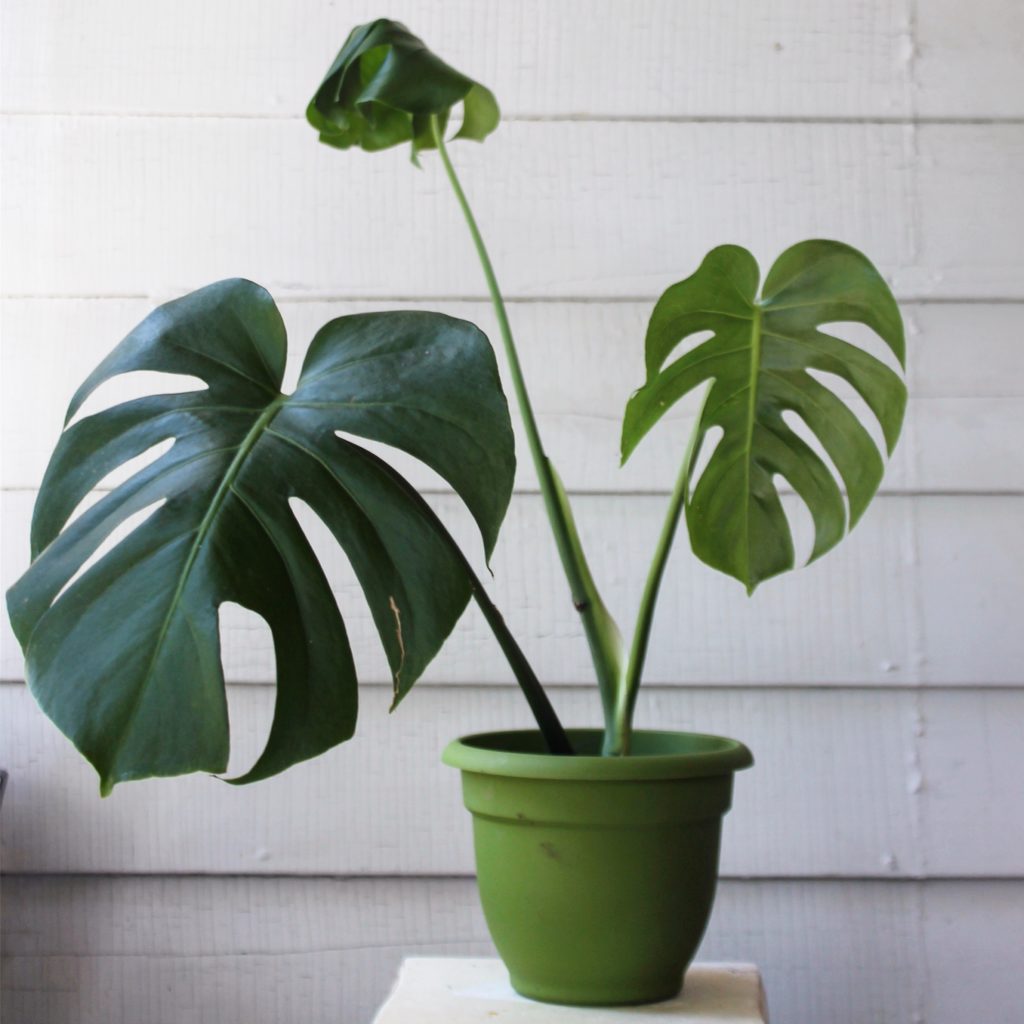
I have a Monstera named Monty, and I’m going to be a huge hypocrite here – I LOVE him. And I am all about #monsteramonday on IG, propagating, and everything to do with Monsteras. And you see the conflict here….this is a blog about pet safe plants, and all I do is talk about this guy who is just bad news. Since Monsteras are also part of the Araceae family, they are unsafe to pets. Because they have huge leaves and grow to be such a large size, my cats have no interest in consuming them. Like mentioned before, depending on your pet, you may be fine with large scale plants like these. Do be warned: Monsteras do produce smaller leaves along the base that may be snackable for pets. Already have a Monstera? Don’t worry. Perch it on a pedestal out of reach, or use a cat deterrent spray (my DIY will be available soon) on the leaves. That should do the trick.
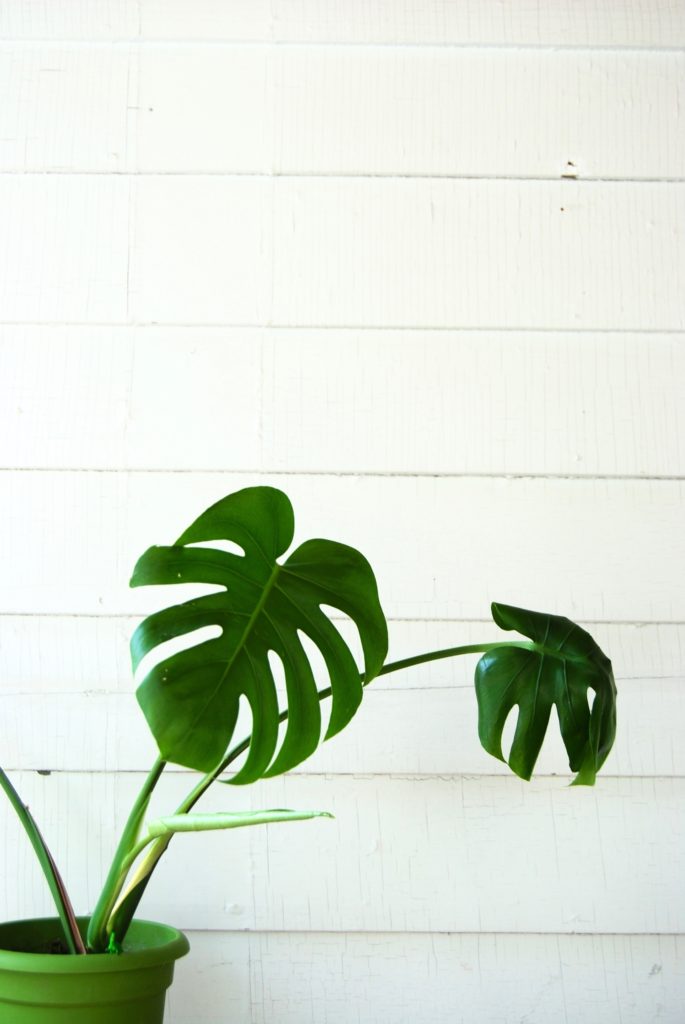
6. Croton
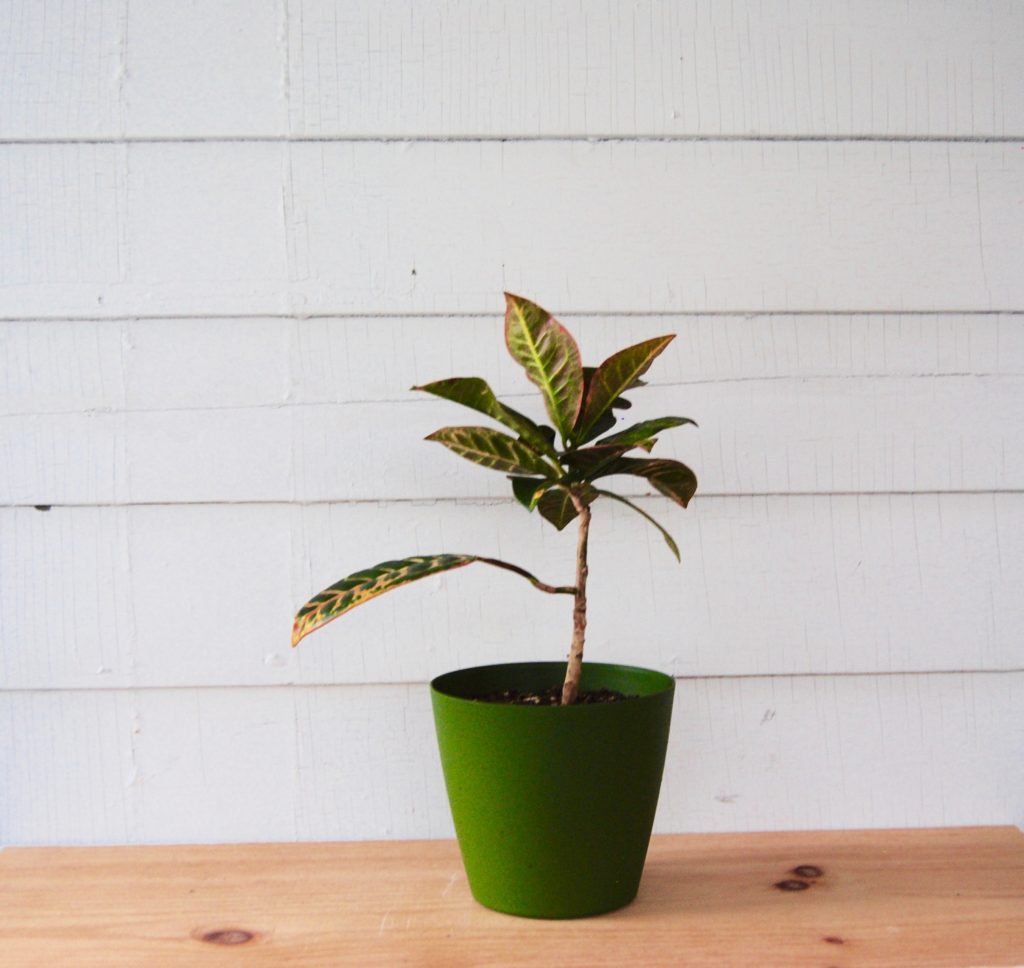
As fall approaches, I see a lot of Crotons making appearances. They’re leaves are cool, yes, and autumn looking, yes, and easy to care for, yes. Sadly, they do make the toxic list. If eaten or nibbled, crotons make cause mouth sores and tummy troubles, leading more serious issues like listlessness. I think we can all agree we prefer our pets listful.
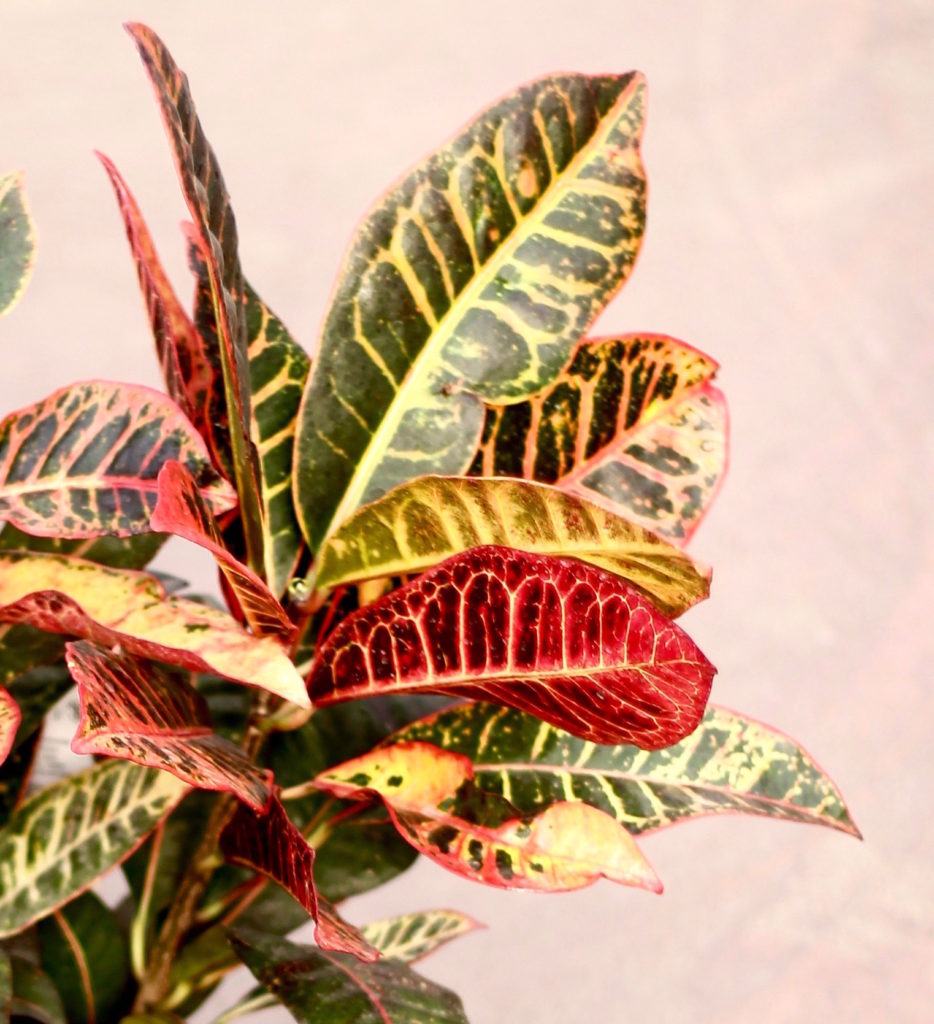
Remember: As a plant collector, it’s difficult to avoid unsafe plants – usually the toxic ones are the most sought after. I always advise to keep these plants in high places, such as a hanging planter, or on pedestal or plant stand away from table tops. Destructive pets should not have access to plants at all, since usually the plant ends up in a crime scene on the floor with a broken pot. Still curious about a plant I haven’t discussed? Leave a comment below. Happy planting!
We’re part of:


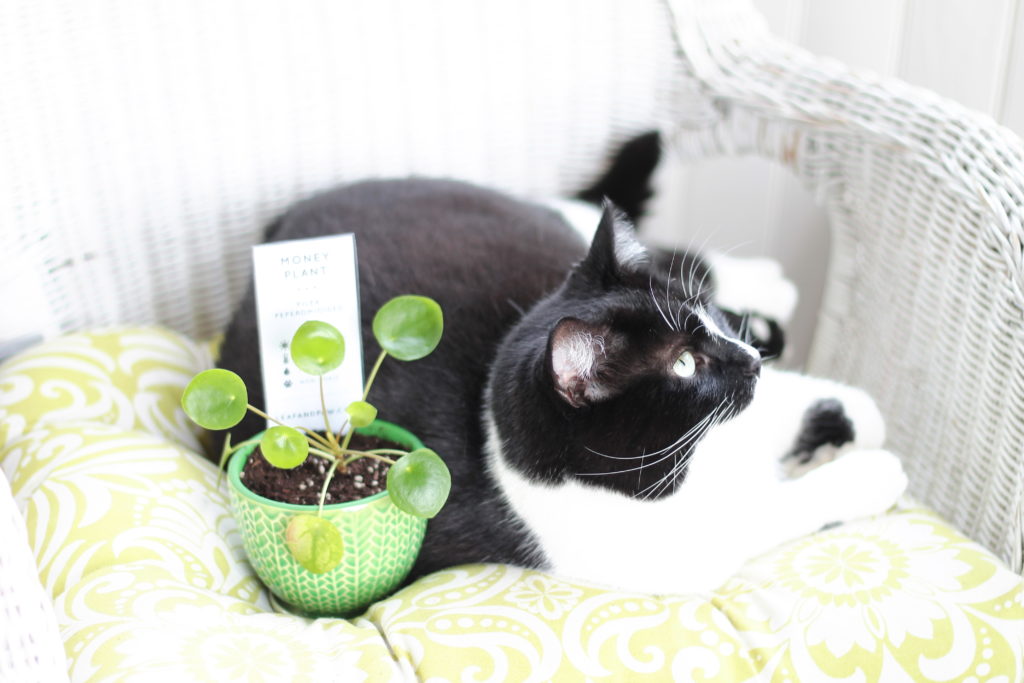

Hi! I just got a cat for Christmas (a kitten really) and I’ve been doing research on all of the plants that I own, I have lots of safe plants but I do have three small snake plants, a pothos, and a ZZ plant that have been moved to places where he can’t reach. (My two dogs have never taken a liking to them because I’ve trained them not to be interested.) But with a cat who’s still learning and rebeling like a teenager, I’m concerned about my very first plant.
It’s a Dracaneos Cane, with three different sized stalks (suitably named Kane, Draco and Neo, cause I’m a nerd with a bad memory) they all live in one large pot that lives on a pedastal in the corner of my living room. He’s about as high as my window off the ground and the top of the largest (Kane)reaches up 3/4of the window from there with the smallest one (Neo) being only like 2.5 feet off the top of the dirt, But sheds dead leaves no matter what I do (any tips would be helpful).
I usually catch the leaves just before they’ve fallen or from the top of the pot where they land . (he hasn’t noticed it yet but that will probably change)
I’ve been using your site lots as a reference guide and saw your story about your cane plant which matched the information I had previously seen. But with it being high off the ground and with no sign of my cat going near it (he’s distracted by my lower spider plants and propagation ones he can see but not reach…sigh). With a growing cat who will eventually be able to get up there, is this a safe enough spot for my plant and cat?
Thank you for having this site its been a life saver!
Hi Cameron! The answer is yes. Any skinny-leafed plant will ultimately be a cat magnet which is why I either gave away any plants that were toxic and looked like this or have kept them in a separate room altogether. There’s no “safe place” to keep them as long as the surface the plant is on is climbable or reachable by a cat and with a kitten, you have to be extra mindful. Personally I would relocate the plant to one of the suggestions above – it will save your sanity since you won’t have to worry about it. Happy to help!
Thank you for the advice!